[Editor’s note: Last year, Alana Friend Lettner wrote a piece for The Tyee — since nominated for a Digital Publishing Award — called ‘Don’t Thank Me for Being a Tree Planter.’ This year, in a series of three dispatches, she’ll tackle how the industry’s changes and challenges are looking on the ground.]
As I write this, I’m getting ready to leave for my seventh season of tree planting. I’ve had an eye on the weather all winter, watching as the snowpack levels in British Columbia reach lows not recorded since at least 1970, watching as rivers — like the confluence of the Nechako and Fraser rivers in Prince George — run dry.
According to data from Agriculture and Agri-Food Canada’s National Agroclimate Information Service, by the end of March this year 85 per cent of B.C. was considered abnormally dry or in moderate to exceptional drought. The region that I’ll be planting in, near Burns Lake, is one of the driest in the province.
Over the years I’ve had many doubts about the ecological benefits of the province’s reforestation practices.
But last season marked the first time I started to wonder if tree planting might someday become ecologically unviable in some regions of the province.
The lack of precipitation coupled with unseasonably high temperatures made the soil on some blocks so dry and compacted it was like planting into a sheet of rock. I was often struck with the sense that the earth was actively rejecting the trees I was planting. I imagined the trees I’d planted withering and dying, eventually becoming fuel for the wildfires that were then burning all around us.
Was it possible that these intensifying climatic events could render some ecosystems unable to support the growth of new trees? Was I on the frontlines of witnessing the beginning of the end of reforestation as we’ve known it for the last 50 years?
I decided to ask around. I spoke to Sally Enns, who works as a forestry manager contracted by the Cheslatta Carrier Nation and is an incoming supervisor at the reforestation company I work for; we were based out of the same bush camp for part of last season. Reflecting on the drought conditions, she articulated many of the same concerns that I’d had.
“I’m out there last season and I’m thinking: all these trees are going to die. We’re going to have 90 per cent mortality. I’m going to come back here in the fall, I’m going to be surveying these same blocks that we planted, and prescribing replants,” she said.
But when Enns did return in the fall, what she saw surprised her. While she hasn’t finished crunching the numbers yet, she says that across all different blocks, mortality rates were much lower than she’d expected: many of the trees had survived.
“I was shocked,” Enns told me. She took photos of the blocks and sent them to her friends and co-workers who’d planted them.
“It’s hard when you’re a planter because nine times out of 10 you’re not coming back to the block and seeing how the trees are doing,” she said. “The trees are a lot more resilient than we give them credit for.”
While I was heartened to hear about this resilience, I still felt troubled about the future of reforestation efforts. I was thinking in particular about the impacts of wildfire.
“In general, a fire is a natural disturbance that is part of a healthy forest cycle,” Rachel Plotkin, boreal project manager at the David Suzuki Foundation, told me. “What the increasing amount of fires — and if they are burning hotter and bigger — what impact that will have on forests, I think, remains to be seen.”
I asked Enns about this.
“We’re definitely facing a lot of challenges with getting natural regeneration to come back in areas that have been so severely burnt,” she said.
Lower-intensity fires typically burn off the top layer — the humus layer — and leave the soil underneath intact. But fires in recent years have been reaching such high temperatures that they essentially burn the soil all the way down to the bedrock.
“In those areas, you won’t be able to reforest if you tried,” Enns told me. “You just basically have to write them off and leave them.” Through erosion, she explained, the soil will eventually come back and the land will “green up” again.
“It just takes a long time,” she said.
But it’s unclear whether the plant species that emerge after severe and repeated wildfires will be the same as those that burned. In the case of West Kelowna, where the McDougall Creek fire burned last summer, preliminary research suggests that trees are unlikely to naturally regenerate, due to inadequate nutrients in the soil, higher temperatures and drier conditions precipitated by climate change. Instead, a new ecosystem is beginning to take root: grasslands.
“There will be areas of B.C. where we will just stop trying to replant trees and leave for grassland conversion. Definitely. That’s not a question,” Enns confirmed. “But the scale of that — I’m not too sure of.”
It’s “easy to be pessimistic” about silviculture in the face of heat, drought, fire and climate change, Enns says. Still, she sees a bright future. Her optimism stems from what she perceives as huge “value shifts” in the industry with respect to Indigenous management of forests and species diversification.
Jordan Tesluk, the forestry safety advocate for silviculture and consultant forestry in B.C., echoes Enns’ optimism. At industry conferences, he says, “we’re talking about Indigenous land management practices, cultural burning and species diversification, the place of deciduous trees in the forests of B.C.”
This marks a massive change from two decades ago, Tesluk says — the industry is adapting to evolving cultural and ecological landscapes.
Tesluk believes that reforestation will have an important role to play in stabilizing and rehabilitating ecologies amidst extreme climate change.
“If we’re in a place where tree planting is no longer viable in significant sections of this province, we’re in the endgame,” he said.
Plotkin agreed. In her role with the David Suzuki Foundation, Plotkin worked on “The State of the Forest in Canada: Seeing Through the Spin,” a report that critiques the official government account of how Canada’s forests are faring. Even though working with provinces to accomplish systemic change is frustrating and slow-going, Plotkin says, she draws hope and sustenance from nature’s regenerative abilities.
“It’s too apocalyptic to think that there will be a time when we don’t have a role to play in restoring nature,” Plotkin said.
“I think planting will be around for a long time,” Enns told me. But what planting will look like — how and when and where it’s done — will likely have to change.
For instance, both Enns and Tesluk speculate that the spring planting season, which usually begins in late April or early May in the Interior, might need to start much earlier to take advantage of cooler temperatures and lower fire risks. What this means for planters, many of whom are university students and unavailable to work earlier in April, remains to be seen.
In this respect, tree planters like me are watching the end of reforestation as we’ve known it. And yet in many ways, that’s probably a good thing.
As I pack up my planting bags, boots and shovel, I want to ask: What temporal scale are we appealing to when we look at the ecological viability of reforestation? What constitutes “a long time”? Twenty years? Fifty? More?
“A hundred years, 200 years, do I worry about the forest my kid will walk through? Yeah,” Tesluk told me.
“There’s a lot of unknowns,” Enns said. “I don’t think anyone knows what the future will hold.”
And off I go into the bush, to witness first-hand the unfolding of an uncertain season. ![]()
Read more: Labour + Industry, Environment




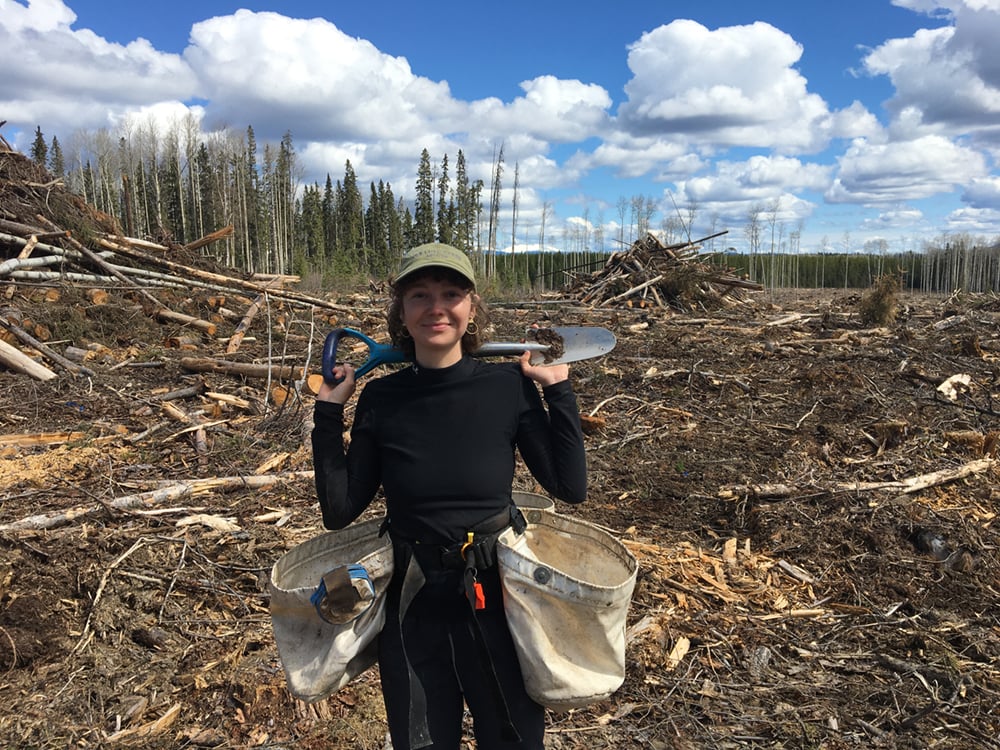

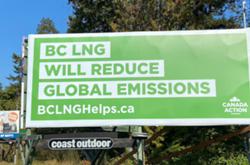



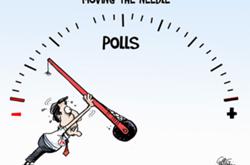
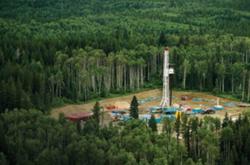
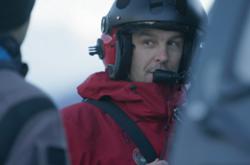


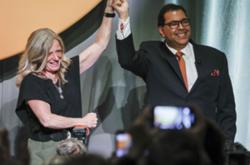
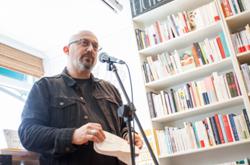
Tyee Commenting Guidelines
Comments that violate guidelines risk being deleted, and violations may result in a temporary or permanent user ban. Maintain the spirit of good conversation to stay in the discussion and be patient with moderators. Comments are reviewed regularly but not in real time.
Do:
Do not: